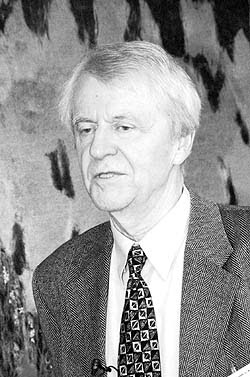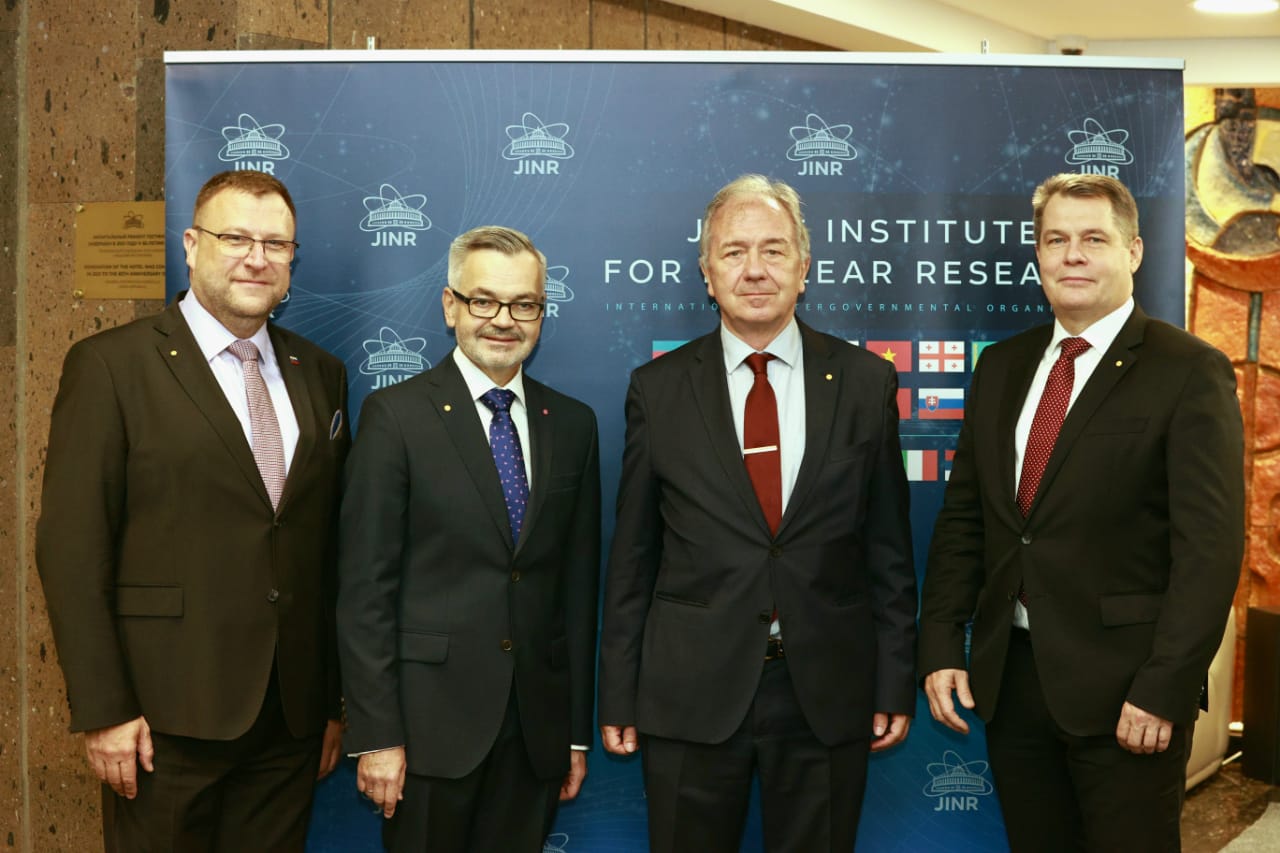Determination of the Secondary Neutron Flux at the Massive Natural Uranium Spallation Target
Autor
| Zeman Miroslav, Ing. | Fakulta elektrotechniky a komunikačních technologií VUT v Brně, SÚJV Dubna |
| Adam Jindřich, promovaný fyzik CSc. | Fakulta elektrotechniky a komunikačních technologií VUT v Brně |
| Katovský Karel, Ing. Ph.D. | Fakulta elektrotechniky a komunikačních technologií VUT v Brně |
| Tichý Pavel, Ing. | Fakulta jaderná a fyzikálně inženýrská ČVUT, SÚJV Dubna |
| Vespalec Radek, Ing. | Fakulta jaderná a fyzikálně inženýrská ČVUT, SÚJV Dubna |
| Vrzalová Jitka, Ing. Ph.D. | Ústav jaderné fyziky AV ČR |
| Wagner Vladimír, RNDr. CSc. | Ústav jaderné fyziky AV ČR |
| Závorka Lukáš, Ing. Ph.D. | Fakulta jaderná a fyzikálně inženýrská ČVUT |
| et al. | různé instituce |
Rok
2017
Časopis
Physics Procedia, 90, 69-78
Web
Obsah
The flux of secondary neutrons generated in collisions of the 660 MeV proton beam with the massive natural uranium spallation target was investigated using a set of monoisotopic threshold activation detectors. Sandwiches made of thin high-purity Al, Co, Au, and Bi metal foils were installed in different positions across the whole spallation target. The gamma-ray activity of products of (n,xn) and other studied reactions was measured offline with germanium semiconductor detectors. Reaction yields of radionuclides with half-life exceeding 100 min and with effective neutron energy thresholds between 3.6 MeV and 186 MeV provided us with information about the spectrum of spallation neutrons in this energy region and beyond. The experimental neutron flux was determined using the measured reaction yields and cross-sections calculated with the TALYS 1.8 nuclear reaction program and INCL4-ABLA event generator of MCNP6. Neutron spectra in the region of activation sandwiches were also modeled with the radiation transport code MCNPX 2.7. Neutron flux based on excitation functions from TALYS provides a reasonable description of the neutron spectrum inside the spallation target and is in good agreement with Monte-Carlo predictions. The experimental flux that uses INCL4 cross-sections rather underestimates the modeled spectrum in the whole region of interest, but the agreement within few standard deviations was reached as well. The paper summarizes basic principles of the method for determining the spectrum of high-energy neutrons without employing the spectral adjustment routines and points out to the need for model improvements and precise cross-section measurements.
Příklad citace článku:
M. Zeman, J. Adam, K. Katovský, P. Tichý, R. Vespalec, J. Vrzalová, V. Wagner, L. Závorka, . et al., "Determination of the Secondary Neutron Flux at the Massive Natural Uranium Spallation Target", Physics Procedia, 90, 69-78 (2017)


 MINISTR ŠKOLSTVÍ KE SPOLUPRÁCI ČR S SÚJV
MINISTR ŠKOLSTVÍ KE SPOLUPRÁCI ČR S SÚJV INTEREST JINR, Wave 6
INTEREST JINR, Wave 6 Zemřel profesor Ivo Zvára
Zemřel profesor Ivo Zvára Výzva k podávání žádostí na projekty řešené ve spolupráci s SÚJV (Projekty 3+3)
Výzva k podávání žádostí na projekty řešené ve spolupráci s SÚJV (Projekty 3+3)  Výzva k podávání žádostí na Granty zplnomocněného představitele vlády ČR v SÚJV
Výzva k podávání žádostí na Granty zplnomocněného představitele vlády ČR v SÚJV Velvyslanec ČR v RF navštívil SÚJV
Velvyslanec ČR v RF navštívil SÚJV INTEREST JINR, Wave 5
INTEREST JINR, Wave 5 Ruské vízové centrum
Ruské vízové centrum Pracovní pobyty ČR - SÚJV 2022
Pracovní pobyty ČR - SÚJV 2022